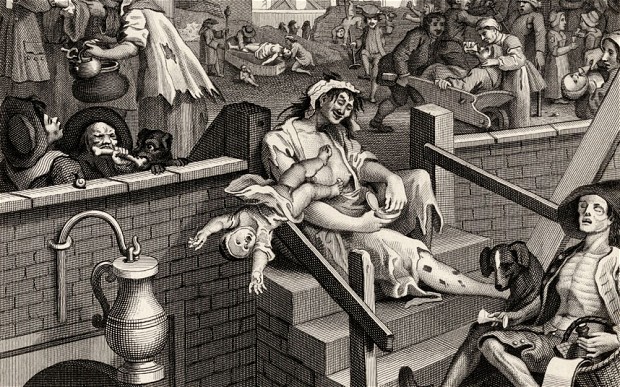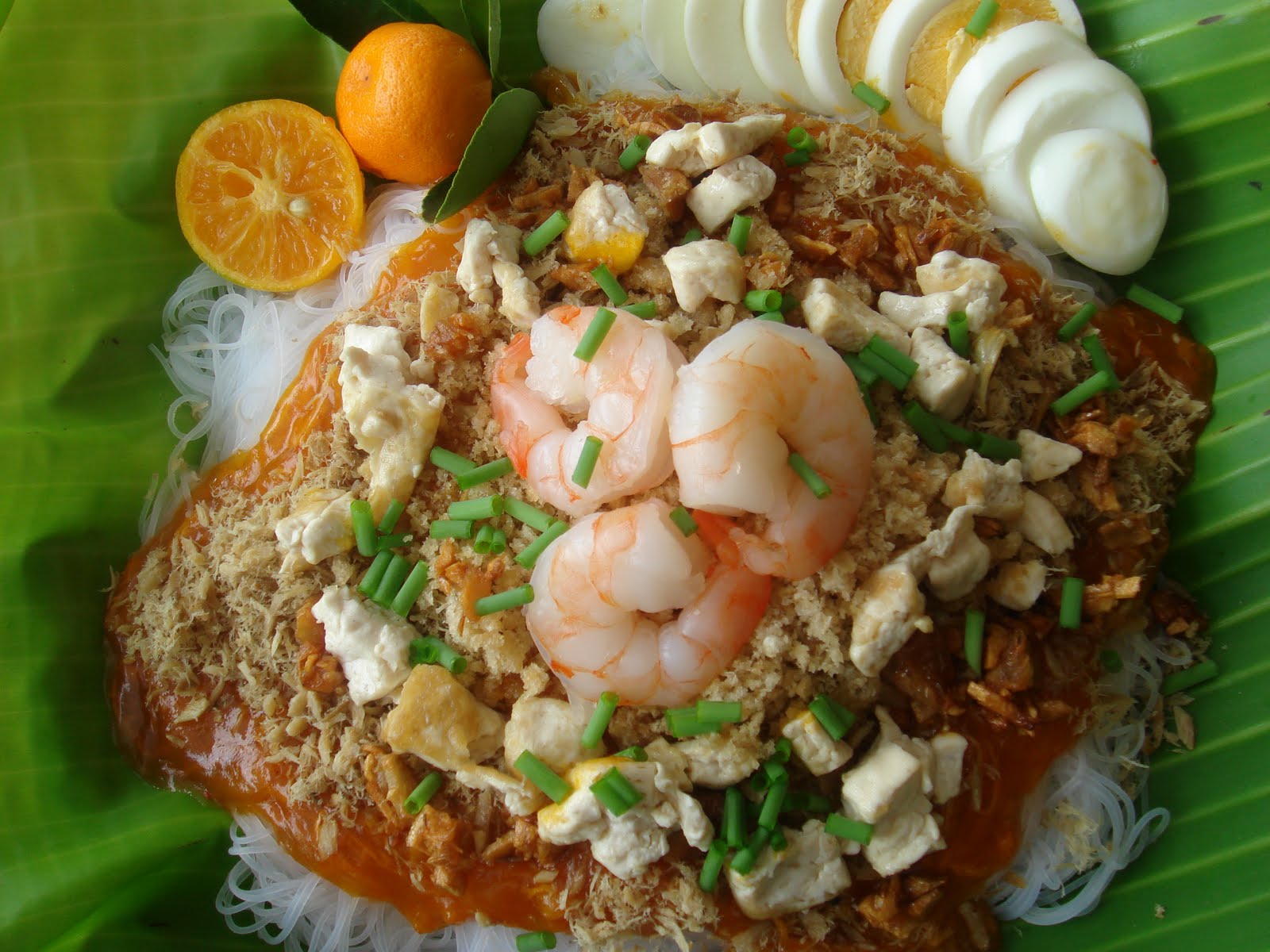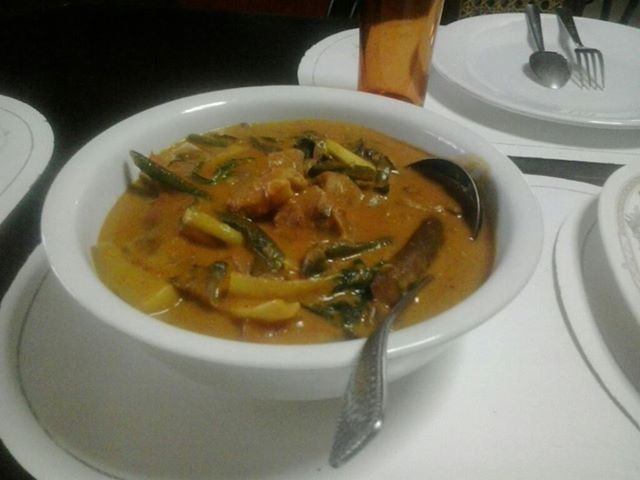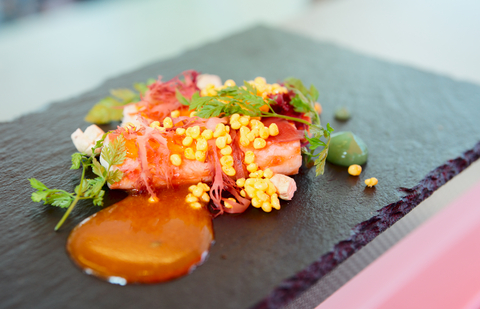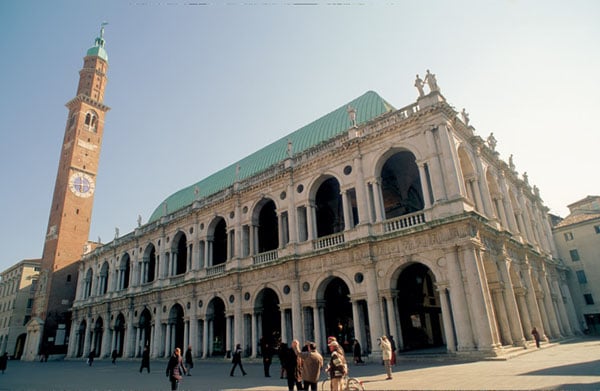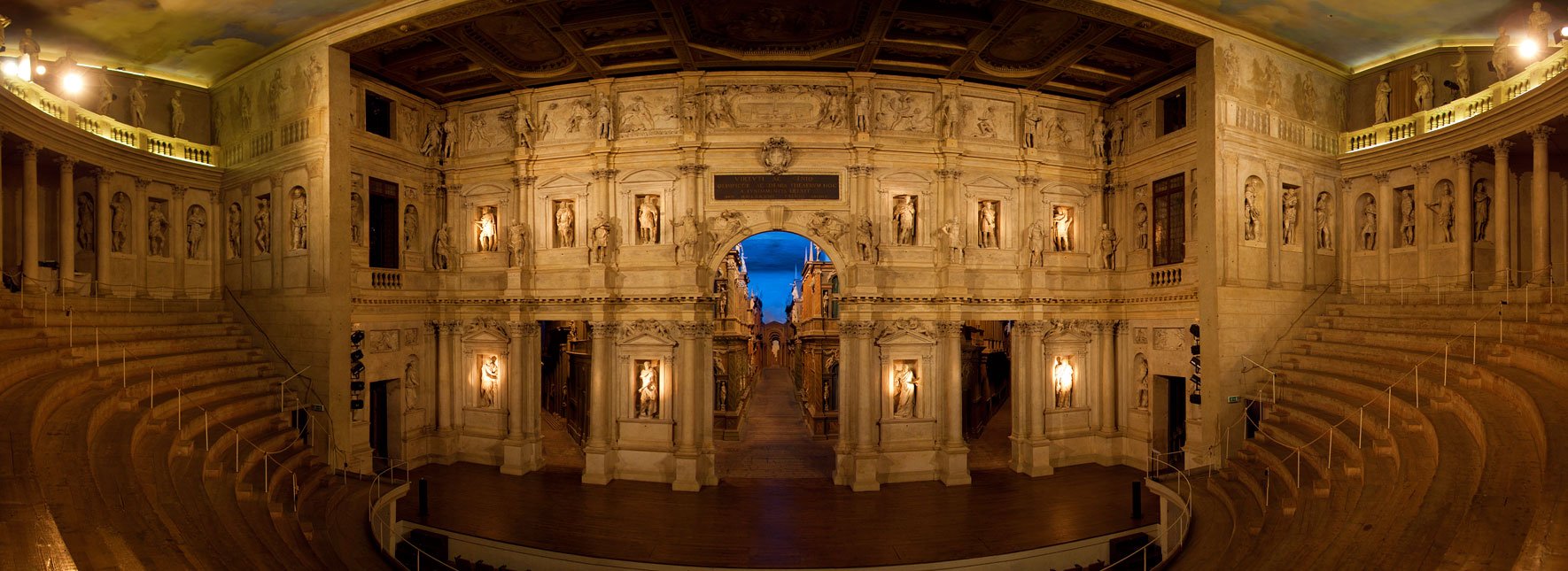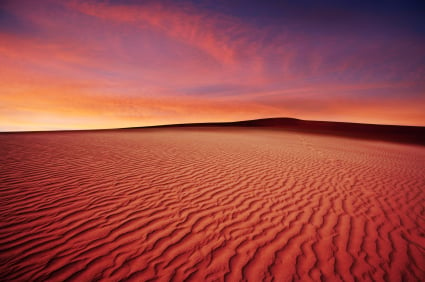Gin Lane
The 18th century happened to be a tumultuous period for the greater part of the civilized world, and this easily attested itself by the widespread debauchery and moral ills that predominantly characterized this era. As expected liquor consumption was the order of the day, and those that couldn’t afford the milder forms of alcohol, opted for the then cheap liquor such as gin.
The effects of the Gin Act 1736
Taking a case study of Britain, the beverage industry of this kingdom was then largely left unregulated, and there was little or no quality checks on the drinks that were in the market, which led to the rise of illicit brews that often caused a great deal of social problems. Naturally, the government began to take a much more serious stance, and in a short time the Gin act of 1736 was put in place. This legislation not only placed steep taxes for the sale of gin, but also kept a limit on the quantity of spirits that retailers could sell.
In a massive show of support for the government’s tough measures to curb this menace, the famous English artist William Hogarth made two prints; Gin lane and Beer Street. These prints greatly contrasted from each other with the former depicting the evils that were brought about by the consumption of gin, while the latter portraying the social and even economical benefits of drinking beer. Hogarth vividly depicts the havoc that wrecks the lives of the inhabitants of Gin lane such as lawlessness, moral decay, madness, starvation and other deplorable conditions that then characterized gin consumption.
Fortunately, with the passage of time, the various measures taken by the government, and the widespread anguish among the nation’s poor, brought this trade into control. And went a step further, later on, to heighten the popularity of gin, which eventually became a component of every day living.
The Resurgence of the gin craze
By the mid 19th century gin’s badly tainted reputation had began to undergo a subtle rehabilitation, which quickly effaced the darker aspects of gin consumption in the 17th century. Giving precedence to a fresh and distinctive style of gin labeled dry gin. Dry gin went on to become extremely popular with a large cross-section of the society. From middle class ladies who relished taking this drink while going about their regular domestic routines, to working class men that enjoy taking gin after successful closure of their daily endeavours.
The military was also particularly hit in the gin craze, more so its officer corps, where the mastery of making gin-based drinks was regarded to be an indispensable component of a young officer’s training. As the years have sped by, gin drinking has begun to be taken in a newer light, and its allure has facilitated for a lot of individuals taking a liking to this drink. And now more than ever gin is considered as one of the finest alcoholic drink in the market, which can clearly be seen by the plethora of trendy gin-based drinks.
The Martini
The martini is arguably one of the most popular gin-based drinks, and its distinct taste has made it a favorite with many consumers of alcohol. As would be expected, the origins of this drink are still for the most part, controversial, or unknown, but some of the leading experts in the trade believe that the martini evolved from the popular 19th century Martinez cocktail. Others place its origin at around early 20th century, in the bar of the New York hotel Knickerbocker.
Despite all these contentions, this drink has over the years come to identified with drinkers that boast of impeccable and refined tastes. It is, thus, hardly surprising that the martini has become a vital component of utmost relaxation, and many of its enthusiasts derive a lot of satisfaction from drinking it.
Whichever way you might enjoy your gin mixed drink, this amazing liquor, still provides for an unmatched versatility, when it comes to the diverse alcoholic blends that it gives rise to. It has been a long journey from the days of Gin lane, and this drink has gone on to accrue a rich and colourful heritage and tradition, which will most definitely remain strong to the end of time. The quality of this drink remains unmatched.

